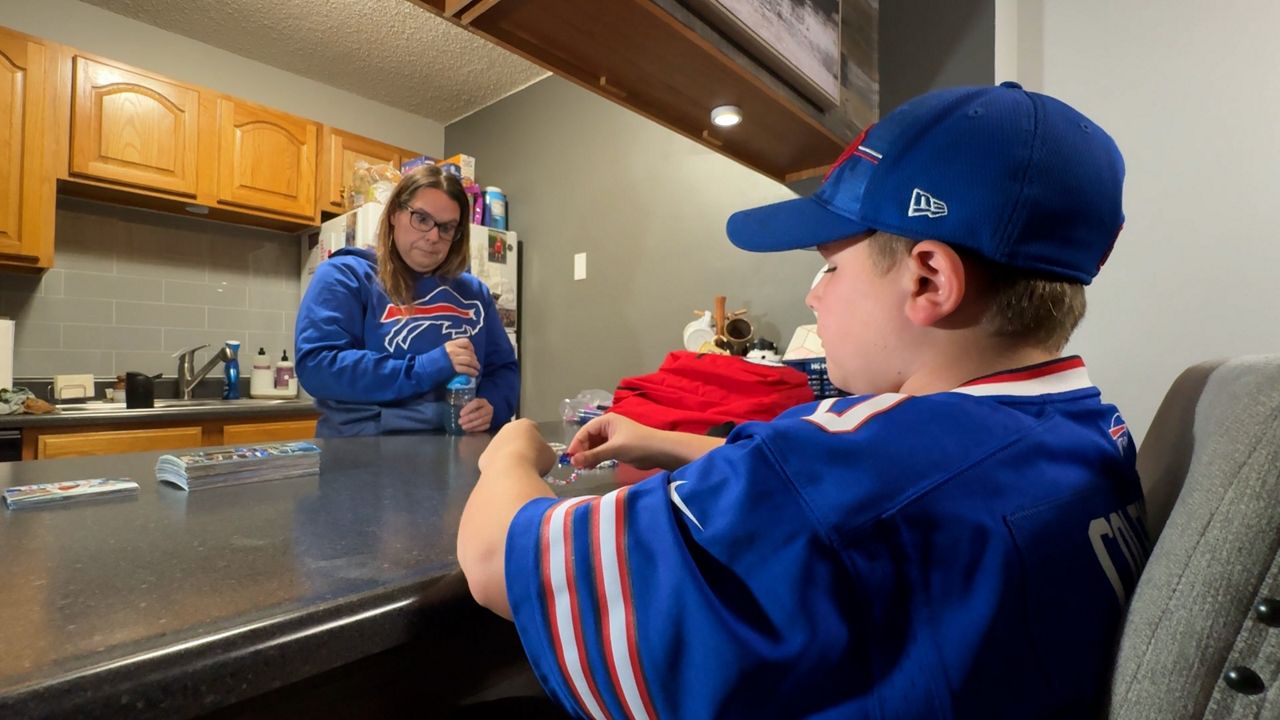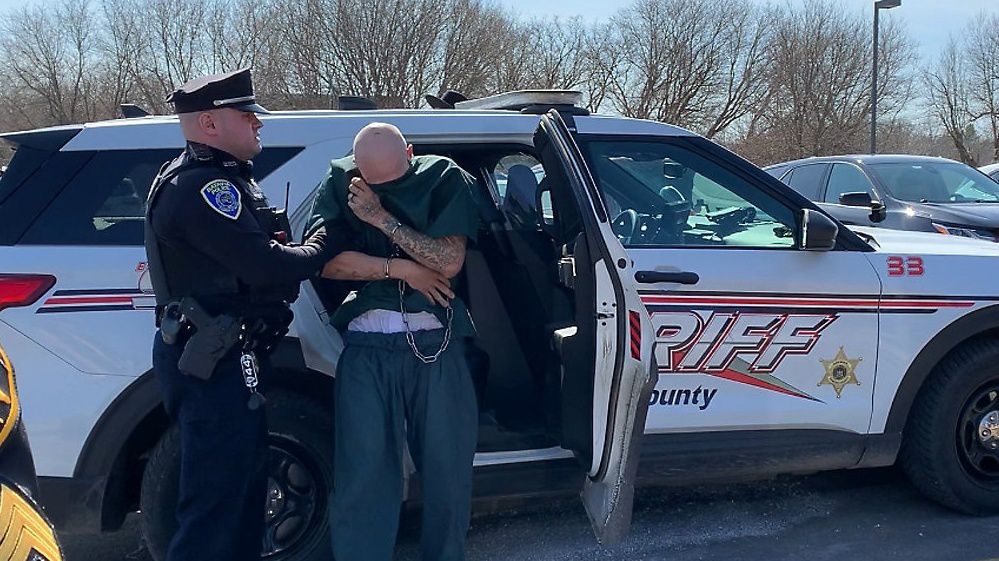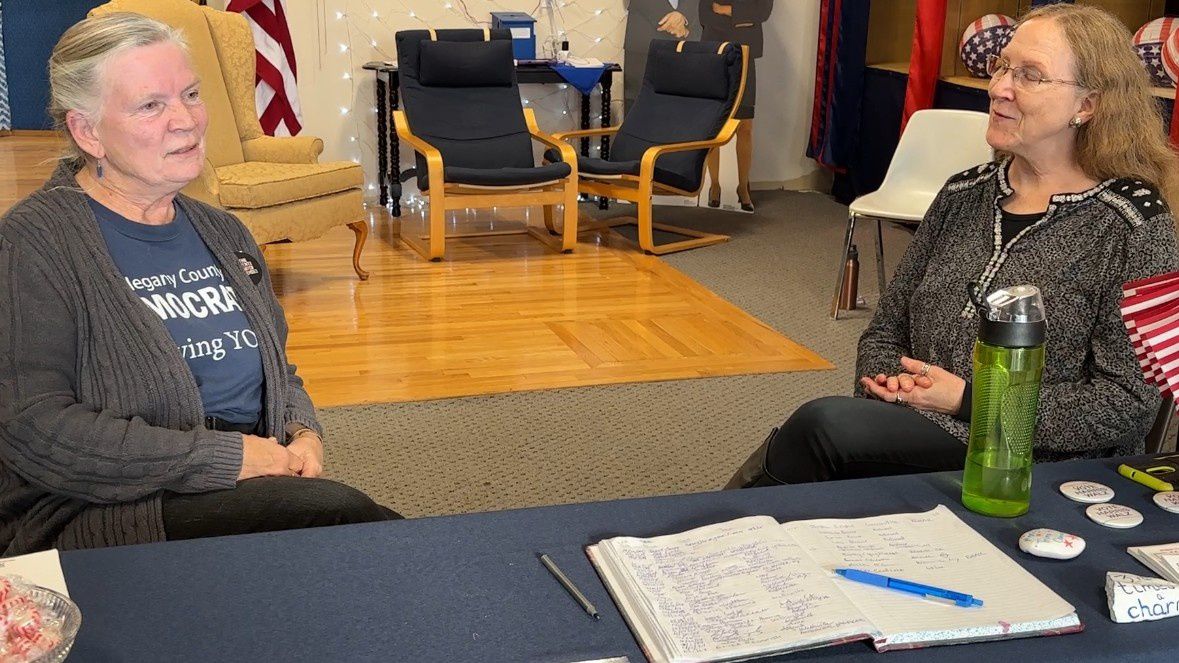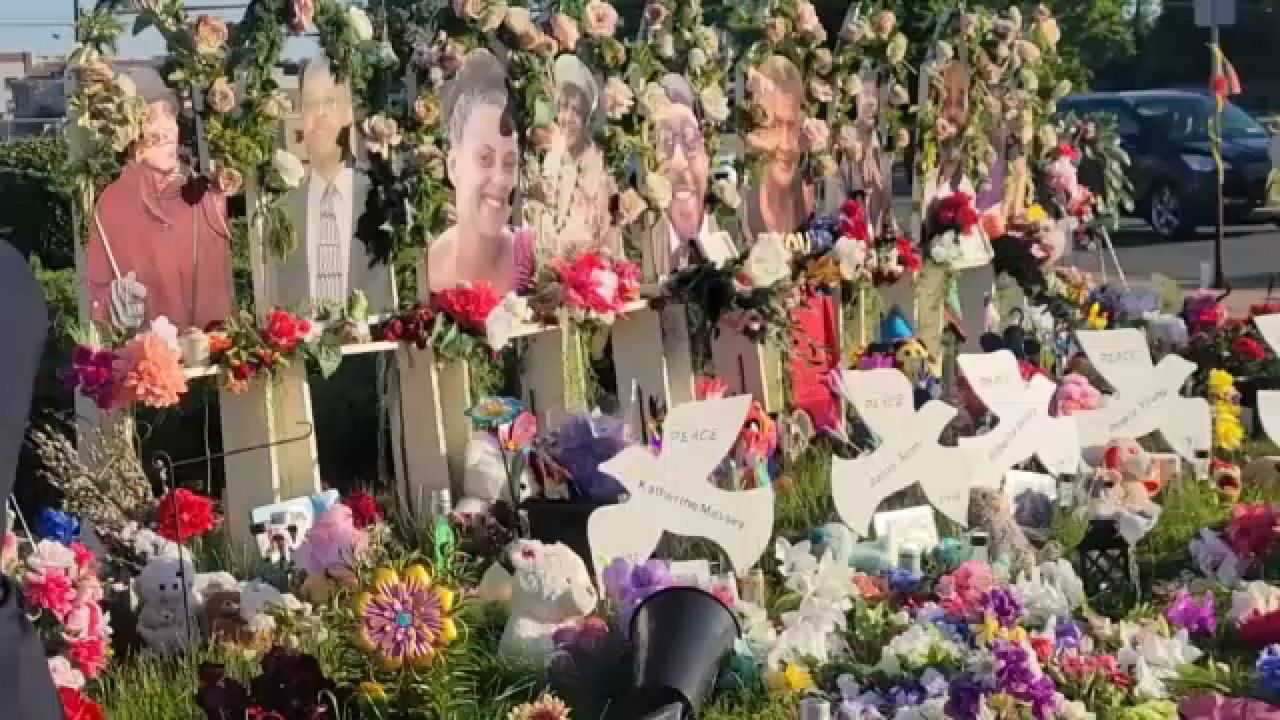WEST SENECA, N.Y. — You’ve probably been there at some point in your life: driving along when those blue and red lights pop up behind you.
What did you do?
Did you even know what you should do?
A lot of people might not.
That’s why there’s a new approach being taken in New York.
For Evan Doerr, as a new driver, there was a lot on his mind.
“The first thing I suppose you're doing is making sure you don't scratch your parents' car,” he laughed.
But there are some things that you can’t really prepare for.
“When those sirens go on behind you, apprehension sets in [and] anxiety sets in,” Doerr said.
While he knew it could happen, there wasn’t certainty about what to do if it did, for him or many of his friends.
“My dad and my mom had given me a vague idea of what to do,” he said.
“This is an age-old problem,” said state Sen. Patrick Gallivan.
That’s why this team, which Doerr was on, came together to educate people.
“This guide is intended to alleviate anxiety and help ensure that interactions between law enforcement officers and drivers are civil, respectful and safe for all involved," said Gallivan.
It’ll go out to schools, libraries and community centers in the 60th Senate district, with hopes to expand from there.
The pamphlet takes recommendations you might’ve already heard, like turning off the radio and rolling your window down, and lays them out formally.
“Your stomach flips, you're nervous, you're like, 'what's happening?'" said Elizabeth Carey, the director of public relations for AAA Western & Central NY. "Your response shouldn’t be one that’s learned on the fly.”
The pamphlet has three simple steps: stay calm, cooperate and communicate. Each section has a number of bullet point suggestions beneath them.
“Having that pamphlet there and having that education available to you is going is going to be very enlightening, very eye-opening for most motorists,” said Lt. Jeremy Lehning, of the Erie County Sheriff’s Office.
This doesn’t discount that it’s a two-way street.
“When it comes to a peaceful traffic stop, the onus is on the driver, the officer, or both?” asked Spectrum News 1 Buffalo.
“Both. For sure, both,” Lehning responded.
Officials say in some traffic stops, the driver’s reaction can make a difference.
“We then saw, ultimately, at least one individual, one police officer, overreact [during NFL player Tyreek Hill’s traffic stop], but had the operator followed some of the suggestions that are in here, it would never have gotten to that level,” Gallivan explained.
More nuanced instruction would be welcomed in any community.
“The bottom line of all of this is, be respectful,” said Gallivan.
These are guidelines Doerr believes will help for generations to come.
“People are more willing to trust it and more willing to feel like, 'OK, I know that if I follow these guidelines that I read, that I learned in school, odds are I'm going to be OK,'" said Doerr. "I think that can provide a lot of comfort."
The pamphlet can be downloaded online.
Legislation to tie this in with driver’s license testing was passed in the state Senate in the last two legislative sessions, but wasn’t brought to the Assembly.
The next time it can be acted on is in January.











